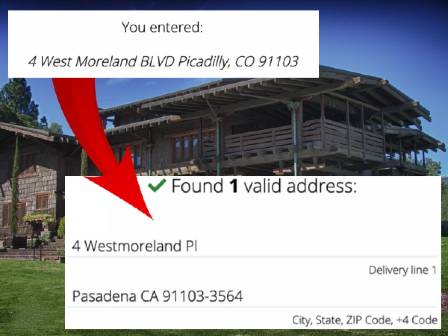Address Standardization and Validation

Address standardization and validation are two of the main services Smarty provides. These two processes allow us to find out if an address is deliverable, but what's the difference between them?
Address Standardization is the process of changing addresses to adhere to USPS standards. The USPS defines a standardized address as "one that is fully spelled out, abbreviated using the Postal Service standard abbreviations, . . . or as shown in the current Postal Service ZIP+4 file."
Standardization will fix spelling errors, correct abbreviations, and fix capitalization so that the address matches the format preferred by USPS. Aside from mail delivery, a fully standardized address is a first step in address deduplication (finding and removing duplicate addresses from a list or database) and is perhaps the hardest to get right.
After an address is standardized, it is validated. Address validation (also known as address verification) is a process that compares a given address against a reliable and authoritative address database and tries to match the records between the two. If a match is found, address verification software will correct the address (standardization), verify it, and return a valid address. If there is a recognized address that matches the address given, we make any needed adjustments, mark it as valid, and return it along with some metadata about that address. Other types of services can also be applied to verify addresses. For example, delivery point validation can verify that the USPS actually delivers mail to a particular address.
To sum up, standardization changes the appearance of the address and validation verifies the content of the address.
So, why do both?
A standardized address format alone does not guarantee validity or deliverability. Address verification and standardization are usually combined into one process. This is what we do.
Before deliverability can be determined, an address must first be standardized so that it is complete, including any missing city, state, or ZIP Code information and using USPS-approved spelling, abbreviations, and formatting. Once it's standardized, the address can then be matched against official databases to be validated. Without standardization you can't get reliable validation.
Casing and capitalization
We're all used to seeing addresses like this on most USPS-delivered pieces:
772 W ROLLING RD
SPRINGFIELD PA 19054-1132However, uppercase text is surprisingly not a USPS requirement. If the text is clearly printed and meets USPS OCR standards, it does not have to be capitalized. So this would be just as standardized and arguably more readable and personable:
772 W Rolling Rd
Springfield PA 19054-1132Smarty returns address results in Proper Case rather than UPPERCASE. Transforming text to uppercase is much easier than proper casing and is something you can easily do in any spreadsheet program, database application, or programming language.
Examples of Standardized Address Form
Remember, an address is first standardized and then verified. They're two separate processes but must be done together in order to ensure an address is real.
| Input | Standardized |
|---|---|
|
121 jones street montgomrey, AL |
121 Jones St Montgomery AL 36104-4945 |
|
12993 Johnson Wantagh New York state 11793 |
2993 Johnson Pl Wantagh NY 11793-2836 |
| 2701 phillips Ave., charlotte, N.C. |
2701 Phillips Ave Charlotte NC 28208-7029 |
|
616 ivory rio rancho NM, 87124 |
616 Ivory Rd SE Rio Rancho NM 87124-3042 |